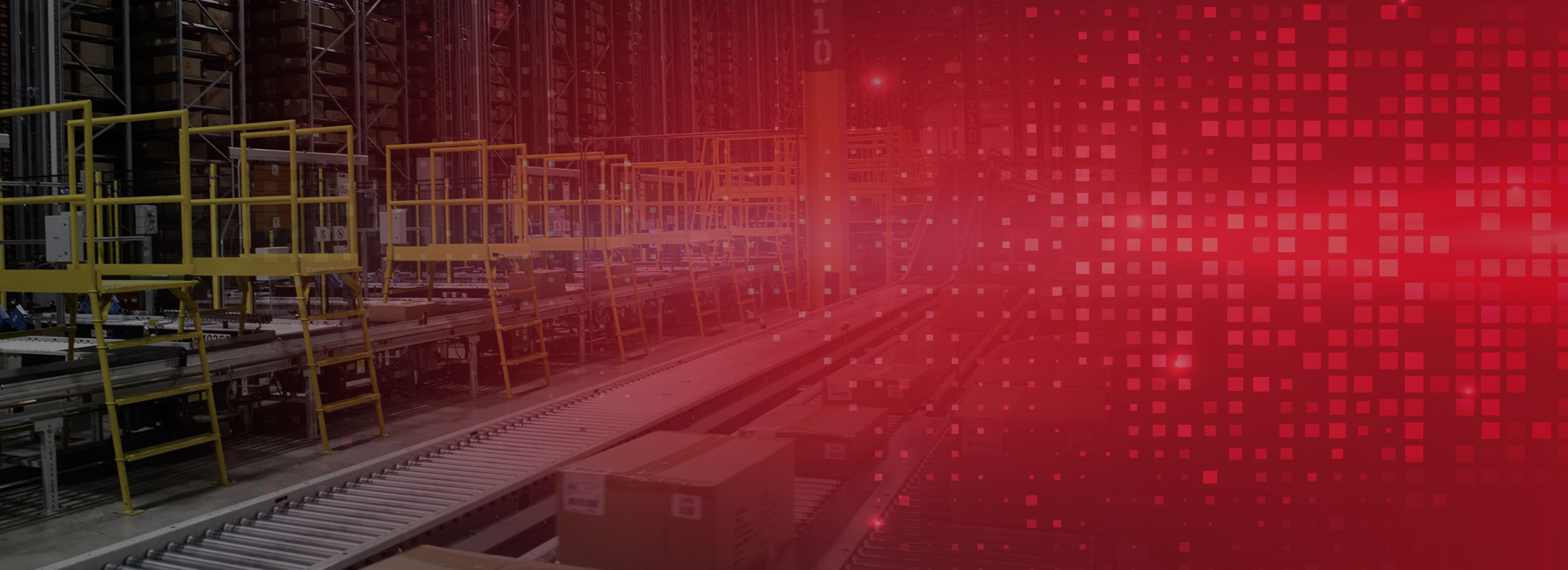San Francisco Chronicle profiles WineDirect’s high-tech fulfillment center
art
on
September 5, 2017
VARGO®s work with WineDirect on their new fulfillment center was profiled in the San Francisco Chronicle. Read the full article below:
Napa wineries streamline shipping as alcohol regulations ease
By Isha Salian, September 4, 2017
At a vast new warehouse in American Canyon, workers and machines collect and package tens of thousands of wine bottles per day, ready for shipment to customers around the nation.
As many as 13,000 orders are processed a day, thanks to the $7 million WineDirect, the Napa Valley company that owns it, poured into it. The facility is the most advanced in the wine industry, according to the company.
“There’s nobody in our space that has anything close to this,” said Joe Waechter, CEO of WineDirect, which shipped out the highly automated warehouse’s first packages Aug. 7.
Waechter’s goal: getting a larger slice of the growing, and highly competitive, business of shipping wine straight to customers, with no store or wholesale distributor in between. In just five years, as e-commerce has soared and states have peeled back decades-old laws that prevent interstate shipping of alcohol, the number of wine cases shipped directly to consumers rose from around 3 million to 5 million, according to the Direct-to-Consumer Wine Shipping Report.
“The only way for us to survive in the business is to cultivate that direct-to-consumer business,” said Judd Finkelstein, who runs Judd’s Hill Winery in Napa Valley. The Finkelstein family, which has been making wine for 40 years, used to focus on retail distribution and did not have a tasting room. To get Judd’s Hill wines placed in stores and restaurants, Finkelstein would meet with distributors nationwide, a major investment of time and money.
He said the winery was “just breaking even” on its deals with wine distributors. “It became clear flying around the country to sell a few cases of wine here and there was not maximizing that potential.”
A little over a decade ago, a facility like WineDirect’s would have been unimaginable. Shipping directly to consumers was illegal for wineries in almost every state.
That’s because states were granted the power to regulate the import of alcohol following the repeal of Prohibition in 1933 — and they passed strict laws to prevent interstate shipping. “In the mid-’80s, there were no wineries that could legally ship across state lines to a consumer,” said Steve Gross, vice president of state relations at the Wine Institute, a San Francisco advocacy group that represents wineries and wine-related businesses.
A 2005 Supreme Court case decision, Granholm vs. Heald, changed things. The Granholm opinion stated that if wineries within a particular state were allowed to ship directly to that state’s consumers, then out-of-state wineries must be allowed to do so too.
Now, 44 out of 50 states allow wineries to ship directly to customers — most recently Pennsylvania in August 2016. However, some states still have limits on how much wine can be shipped in this way, and many others levy taxes. So any winery trying to ship direct has to be familiar with and follow the rules of every other state, Gross said.
About 80 percent of the wine shipped nationwide comes from California. And so, a handful of enormous wine warehouses, also called fulfillment centers, is scattered around the Napa Valley. Wineries partner with centers like WineDirect’s to package and ship their wine. WineDirect fulfills some winery customers’ orders placed on Amazon, and it also announced a partnership with eBay in February.

Photo: Paul Chinn, The Chronicle
The number of wineries in the United States has more than tripled in the last two decades, according to research by Silicon Valley Bank. The growing number of wineries is crowding the market, so many of them have become interested in selling wine directly.
At Lamborn Family Vineyards, which operates a small, 10-acre vineyard in the Howell Mountain area of Napa Valley, around three-fourths of its wine is sold direct to consumer, said Brian Tyler Lamborn, president of winery operations.
“Twenty years ago if I was out selling wine, if the wine was good it would sell, no problem,” Lamborn said. “Nowadays you need to have great wine, a great story and a great perceived value, because the competition is so fierce.”
Smaller wineries like the heftier profit margins achieved by selling direct rather than through stores. And they can “get lost in the portfolio” of large wholesalers, Lamborn said.
Wholesale distributors with a national presence prefer to work with bigger wineries, according to Rob McMillan, an executive vice president at Silicon Valley Bank who created its wine division. Wineries are looking at direct sales “not because they wanted to sell direct,” he said. “The distribution wholesale system failed them.”
Lamborn produces a little under 2,000 cases per year. They go out through high-end restaurants, small local wine shops, a mailing list and its website, which uses software made by WineDirect.
Plenty of consumers appreciate direct sales. San Francisco resident Andrew Hanebutt, 29, follows winemakers on Instagram and on the wine app Delectable. He discovers wineries through recommendations, restaurants or social media. Of the $3,000 he spends a year on wine, about 40 percent goes to winery mailing lists. Hanebutt says he likes to buy wine directly in order to support the wineries.
“I’m very aware that when I buy direct that helps … more than buying it from a wine shop,” he said.
Brian Schaffer, 41, has been buying most of his wine from winery mailing lists for around a decade. A crisis communications consultant in New York, he spends at least one week a year in Napa Valley visiting wineries — some of which he discovers through restaurant wine lists. The ability to buy wine directly “gives us an access to wines I would not be otherwise able to obtain due to availability and pricing” and costs less than buying from stores, he said.
But wine shops are getting into the business of buying direct, too, says David Driscoll, assistant head buyer at K&L Wine Merchants, which has stores in San Francisco, Redwood City and Hollywood, and purchases wine from both wineries and wholesalers. He said K&L has expanded its range of products bought directly from wineries in the decade he has been at the company. Going around the wholesaler allows wine shops to develop a more unique selection and sell bottles for a lower price, which appeals to consumers, Driscoll said.

Photo: Paul Chinn, The Chronicle
For the average winery, more than 80 percent of direct wine sales comes from wine clubs and tasting rooms, according to McMillan’s research. Just 7 percent come from website purchases — leaving ample opportunity for growth.
Wine has traditionally been sold through middlemen: Wineries ship to wholesalers, which then sell wine to retailers and restaurants that make it available to consumers on store shelves and wine lists at a markup. The winery receives a cut. But it’s four to five times more profitable for wineries to sell direct to consumers, said Lesley Berglund, Wine Industry Sales Education co-founder and chairman.
Still, the cost of running a tasting room and maintaining the infrastructure needed to get wine directly in the hands of buyers can eat substantially into that revenue. “I don’t see a material benefit in selling direct, other than survival,” McMillan said.
Wineries selling directly have to deal with plenty of quirks, even beyond state law: It’s illegal to ship alcohol through the U.S. Postal Service, so wineries and fulfillment centers must go through carriers like FedEx or UPS. These shippers bear the responsibility of making sure that alcohol is delivered to an adult of legal drinking age and keeping records of each delivery.
Rep. Jackie Speier, D-Hillsborough, proposed a bill in 2015 to end the ban on shipping alcohol through the U.S. mail — a change that could bring the post office an extra $50 million in annual revenue, according to Congressional Budget Office estimates. The bill did not make it out of committee.
A bottle of wine is also breakable, temperature sensitive, and relatively heavy, resulting in higher shipping costs. WineDirect employees handle wine bottles only twice as they pass through the warehouse. It also stores its wine at 58 degrees and offers cold packs with shipments for an additional cost. Many wineries encourage larger orders by offering free shipping for customers who buy a full case of wine or spend more than a given amount — like $100 or $150.
Waechter thinks customers increasingly expect wine, like everything else, to ship to their homes quickly and without mistakes. “We’re in an Amazon world,” he said. “Do you really think you’re going to stop the tsunami of the Internet?”
- Category: News

